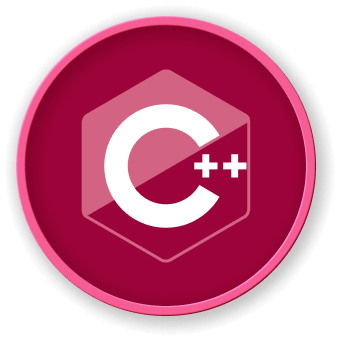Advanced Techniques
Compile-Time Polymorphic Behaviors
Private inheritance can enable sophisticated compile-time polymorphic techniques:
template <typename Derived>
class BasePolicy {
protected:
void executePolicy() {
static_cast<Derived*>(this)->specificImplementation();
}
};
class ConcretePolicy : private BasePolicy<ConcretePolicy> {
public:
void runStrategy() {
executePolicy();
}
private:
void specificImplementation() {
std::cout << "Custom policy implementation" << std::endl;
}
};
CRTP (Curiously Recurring Template Pattern)
template <typename Derived>
class CounterMixin {
private:
static inline size_t objectCount = 0;
protected:
CounterMixin() { ++objectCount; }
~CounterMixin() { --objectCount; }
public:
static size_t getInstanceCount() {
return objectCount;
}
};
class TrackedObject : private CounterMixin<TrackedObject> {
public:
void process() {
std::cout << "Total instances: " << getInstanceCount() << std::endl;
}
};
Dependency Injection Simulation
class DatabaseConnection {
public:
virtual void connect() = 0;
};
class NetworkLogger {
public:
virtual void log(const std::string& message) = 0;
};
class EnhancedService :
private DatabaseConnection,
private NetworkLogger {
private:
void connect() override {
std::cout << "Database connection established" << std::endl;
}
void log(const std::string& message) override {
std::cout << "Logging: " << message << std::endl;
}
public:
void performOperation() {
connect();
log("Operation performed");
}
};
Advanced Inheritance Strategies
| Technique |
Description |
Use Case |
| CRTP |
Compile-time polymorphism |
Static interface implementation |
| Mixin Inheritance |
Behavior composition |
Flexible feature addition |
| Policy-based Design |
Configurable behaviors |
Flexible system design |
graph TD
A[Private Inheritance] --> B{Metaprogramming Capabilities}
B --> C[Compile-Time Polymorphism]
B --> D[Type Traits Integration]
B --> E[Static Interface Implementation]
Memory Layout Optimization
class CompressedPair :
private std::allocator<int>,
private std::pair<int, double> {
public:
CompressedPair(int first, double second) :
std::pair<int, double>(first, second) {}
void printDetails() {
std::cout << "Memory-efficient pair implementation" << std::endl;
}
};
class LockFreeCounter : private std::atomic<int> {
public:
void increment() {
fetch_add(1, std::memory_order_relaxed);
}
int getValue() {
return load(std::memory_order_relaxed);
}
};
Advanced Error Handling
class SafeResourceManager :
private std::mutex,
private std::condition_variable {
public:
void synchronizedOperation() {
std::unique_lock<std::mutex> lock(*this);
// Thread-safe critical section
}
};
LabEx Design Recommendations
- Leverage private inheritance for compile-time optimizations
- Use carefully to maintain code clarity
- Prefer template-based designs
- Consider runtime and compile-time trade-offs
Potential Limitations
- Increased complexity
- Potential performance overhead
- Reduced code readability
- Compiler-dependent behavior
At LabEx, we encourage developers to master these advanced techniques while maintaining clean, maintainable code architectures.




